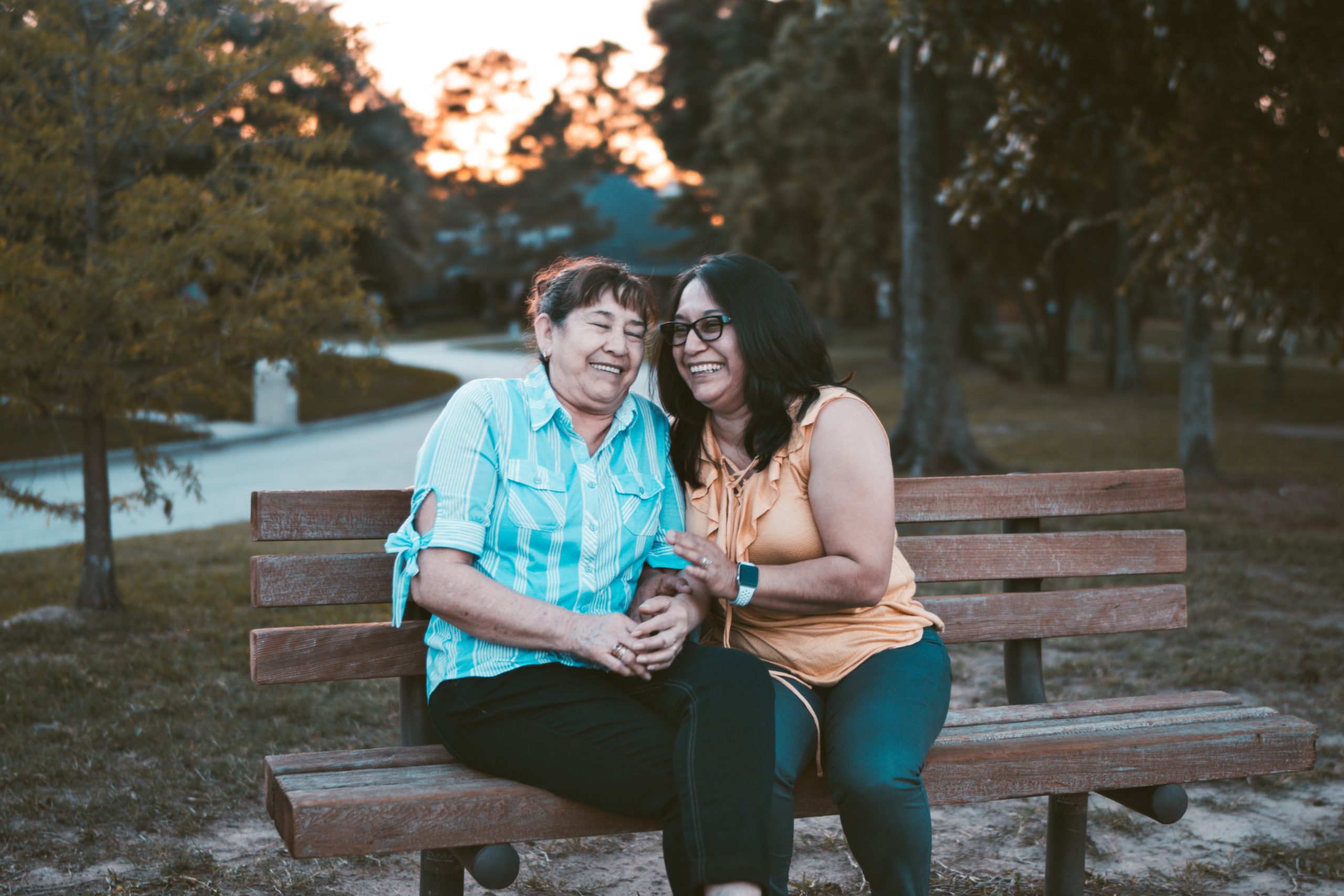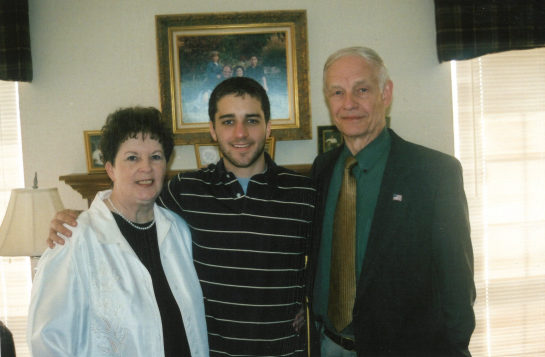Remembering older adults in disaster recovery

May is Older Americans Month, which is about acknowledging the contributions of older adults in our lives and communities. This year’s theme, aging in place, refers to older people remaining in their homes and communities as they age.
According to AARP’s 2021 Home and Community Preferences Survey, about three-quarters of people over age 50 in the U.S. would like to stay in their current homes or communities for as long as possible.
In the last few years, my grandparents faced decisions about remaining in their homes or considering other options. In the conversations we had as a family, my grandparents commented on their desire to maintain independence and the importance of community networks where they live.

My grandparent’s preferences are like those of many older adults. In the AARP survey, when asked what matters when choosing a new place to live, what topped the list for older adults was a home where they can live independently as they age.
In the context of disaster recovery, understanding aging in place is important because access to housing, transport and social services is linked to improved recovery outcomes.
However, negative attitudes about older adults persist, resulting in ageism that adversely impacts everyone and society. Rather than viewing older adults as passive recipients of services, we should consider what they want and the ways they can inform effective disaster recovery.
Some older adults may have unique needs or may be more at-risk compared to other populations, and this cannot be ignored. However, the ways in which it has become normalized to focus on older adults’ deficits while not acknowledging their contributions is harmful.
A few years ago, a colleague introduced me to the concept of “yes and,” which is a framing that allows for more than one thing to be possible. In this case, yes, older adults may have certain vulnerabilities that cannot be overlooked, and they have strengths that can be a resource in recovery.
For example, older adults often provide essential volunteer services, a financial safety net for younger, less-established family members and emotional support to others affected. Following the 2010 earthquake in Christchurch, New Zealand, groups of older people supported displaced family members, counseled neighbors and set up community resources.
In recovery, we need to help older adults return to their preferred residence as soon as possible, if the disaster required their evacuation, while also supporting the transition to normal routines in those places. Share on XFor individual wellbeing and community strengthening, returning to social routines can foster resilience and reduce social isolation.
So, what can philanthropy do?
- Learn about ageism and work to reduce it. Changing the Narrative, an initiative funded by Rose Community Foundation and NextFifty Initiative, has resources on reframing aging. Spend a few minutes taking an Implicit Association Test that measures implicit basis based on age.
- Recognize the intersectional identities of older adults. Older adults possess identities that are complex and intersect in ways that can exacerbate inequities. For example, women – especially women of color – face significant barriers to economic security as they age.
- Fund local older adult-serving organizations. Community-based nonprofits and long-term recovery groups often have important connections and the trust of community members, including older adults.
- Support preparedness for older adults. A national survey of U.S. adults aged 50 and older found that less than 25% reported having an emergency plan. Helping older adults know how to safely remain at home during a disaster and options for evacuation if required can be impactful.
- Include older adults in program design and implementation. The inclusion of older adults is essential. The WHO Global Network of Age-Friendly Communities is a resource for creating age-friendly physical and social environments, which support aging in place.
These are just a few ways funders can meaningfully support older adults in their communities.
Lastly, something all of us can do that would make a difference this Older Americans Month is thanking an older adult for their presence in our lives and for their contributions to making the world a better place.
